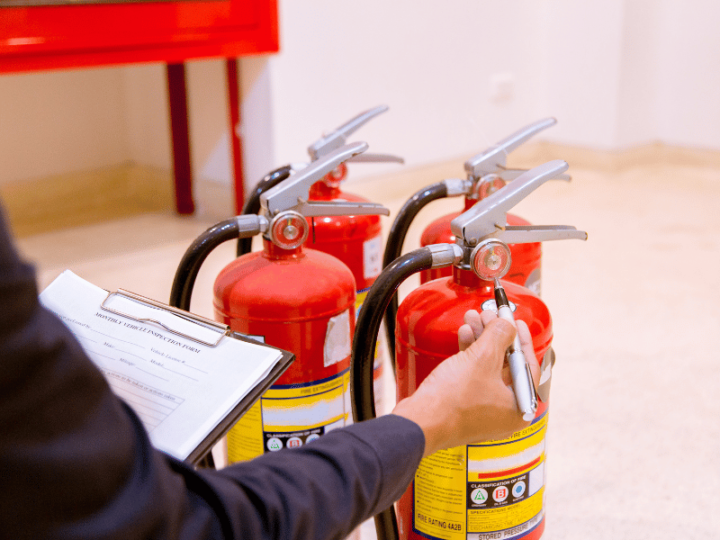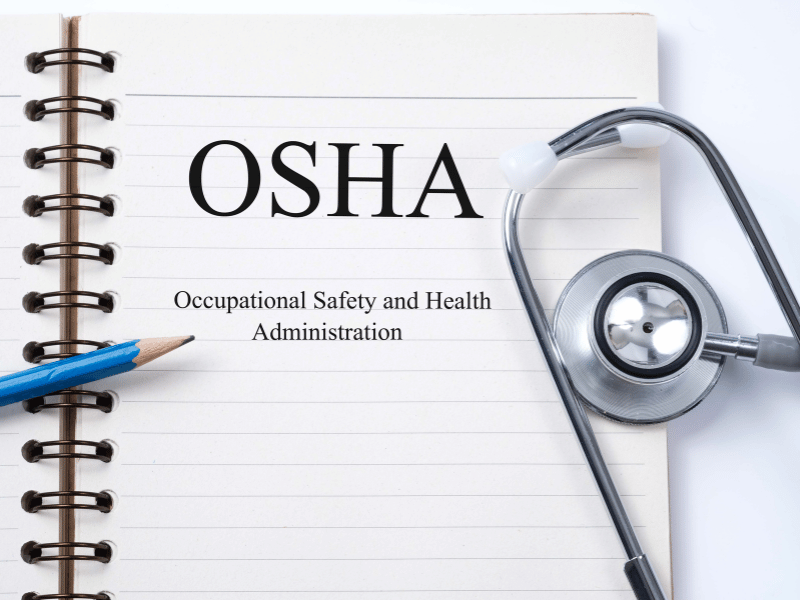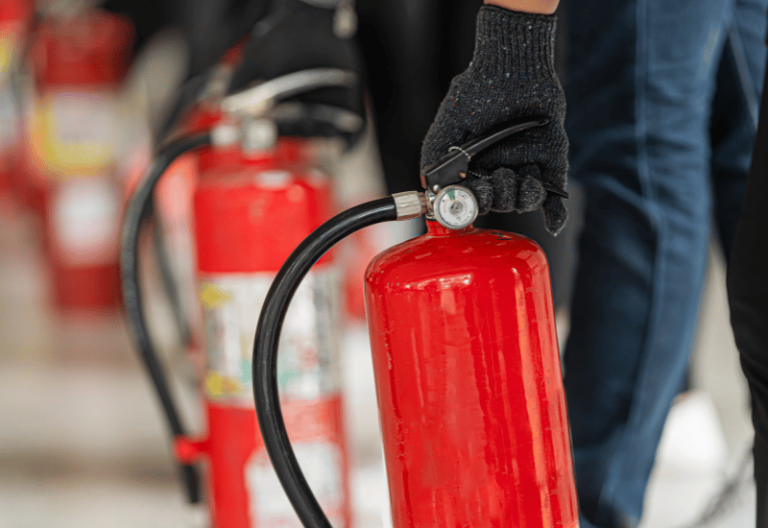US-based companies must follow OSHA regulations to protect their employees from workplace hazards. For most businesses, these regulations are contained in OSHA 1910.
This article explores 1910 OSHA standards and their importance to workplace safety.
Table of Contents

What Is OSHA 1910?
The Occupational Safety and Health Administration (OSHA) creates rules and regulations for protecting employees’ welfare. These rules are part of the Code of Federal Regulations (CFR), a multi-part document containing all the rules from different federal agencies.
Since OSHA is part of the Department of Labor, you’d find its regulations under Title 29 of the CFR. Title 29 contains specific parts which cover rules for different industries. For general industries, the regulations are under Part 1910.
Thus, OSHA 1910 simply refers to Part 1910 of the CFR’s Title 29. This broadest collection of OSHA’s Occupational Safety and Health Standards applies to the “general industry” where most US businesses belong.
Title 29 also covers workplace regulations for specific industries, which you’d find in other parts. Part 1926 covers construction, Part 1915 covers Shipyards, and Part 1928 covers agriculture.
Key Regulations and Standards under OSHA 1910
OSHA 1910 has 20 subparts that cover various regulations, such as:
1. Hazard Communication Standard (HCS)
This standard requires employers to inform employees about hazardous chemicals in the workplace through labels, safety data sheets (SDS), and training programs.
2. Personal Protective Equipment (PPE – Subpart I)
OSHA 1910.132 requires employers to assess workplace hazards and provide appropriate PPE to protect employees. This includes eye and face protection, respiratory protection, head protection, and more.
3. Occupational Noise Exposure (OSHA 1910.95 Subpart G)
This standard sets limits on noise exposure levels in the workplace. It requires employers to implement hearing conservation programs when noise levels exceed specified limits.

4. Bloodborne Pathogens (OSHA 1910.1030 Subpart Z)
This standard applies to occupations like healthcare providers, where employees may be exposed to blood or other potentially infectious materials. Hospitals and other healthcare institutions must follow this mandate and provider appropriate protective measures to prevent the transmission of bloodborne diseases.
5. Machine Guarding (OSHA 1910.212 Subpart O)
Employers are required to protect workers from machinery hazards by installing guards or other protective devices on machines.
6. Walking-Working Surfaces (OSHA 1910.22 Subpart D)
This standard addresses safety requirements for walking and working surfaces, such as floors, aisles, stairways, and ladders, to prevent slips, trips, and falls.
7. Electrical Safety (OSHA 1910 Subpart S)
OSHA 1910.303 to 1910.399 covers various aspects of electrical safety, including wiring design and protection, electrical equipment standards, and safety-related work practices.
8. Confined Spaces (OSHA 1910.146 Subpart J)
This standard outlines safety requirements for entering and working in confined spaces, including atmospheric testing, ventilation, and rescue procedures.
9. Lockout/Tagout (LOTO) (OSHA 1910.147 Subpart J)
LOTO procedures are designed to prevent the unexpected startup of machinery or equipment during maintenance or servicing activities. It protects workers from hazardous energy sources.

10. Fire Protection (OSHA 1910 Subpart L)
OSHA standards related to fire safety cover various aspects, such as fire extinguishers, exit routes, emergency action plans, and fire prevention programs.
These are just some of the key regulations and standards under OSHA 1910. Employers must ensure compliance with all applicable standards to provide a safe and healthy workplace for their employees.
Here’s a complete list of the different subparts:
- Subpart A – General (sections 1910.1-1910.9)
- Subpart B – Adoption and Extension of Established Federal Standards (sections 1910.11-1910.19)
- Subpart D – Walking and Working Surfaces (sections 1910.21-1910.30)
- Subpart E – Exit Routes and Emergency Planning (sections 1910.33-1910.39)
- Subpart F – Powered Platforms, Manlifts, and Vehicle-Mounted Work Platforms (sections 1910.66-1910.68)
- Subpart G – Occupational Health and Environmental Control (sections 1910.94-1910.98)
- Subpart H – Hazardous Materials (sections 1910.101-1910.126)
- Subpart I – Personal Protective Equipment (sections 1910.132-1910.138)
- Subpart J – General Environmental Controls (sections 1910.141-1910.147)
- Subpart K – Medical and First Aid (sections 1910.151-1910.152)
- Subpart L – Fire Protection (sections 1910.155-1910.165)
- Subpart M – Compressed Gas and Compressed Air Equipment (sections 1910.166-1910.169)
- Subpart N – Materials Handling and Storage (sections 1910.176-1910.184)
- Subpart O – Machinery and Machine Guarding (sections 1910.211-1910.219)
- Subpart P – Hand and Portable Powered Tools and Other Hand-Held Equipment (sections 1910.241-1910.244)
- Subpart Q – Welding, Cutting, and Brazing (sections 1910.251-1910.255)
- Subpart R – Special Industries (sections 1910.261-1910.272)
- Subpart S – Electrical (sections 1910.301-1910.399)
- Subpart T – Commercial Diving Operations (sections 1910.401-1910.440)
- Subpart Z – Toxic and Hazardous Substances (sections 1910.1000-1910.1450)
You can reach the entire OSHA 1910 standards here.
Importance of OSHA 1910 for Workplace Safety
OSHA 1910 provides a comprehensive set of regulations that make it easy to create a safe workplace. Knowing the applicable subparts to your business will help you avoid OSHA violations, which result in fines, penalties, and legal actions from regulatory bodies.
These standards aim to protect workers from workplace hazards that can endanger their lives. Following the OSHA regulations will create a safer work environment and reduce workplace incidents.
Furthermore, reducing workplace injuries and illnesses leads to significant cost savings as employers are legally obliged to compensate and pay for their injured workers’ medical expenses. Lastly, a company prioritizing workplace safety has a better chance of attracting top talent. It also impacts client perception in a positive light, serving as a strategic business advantage.







